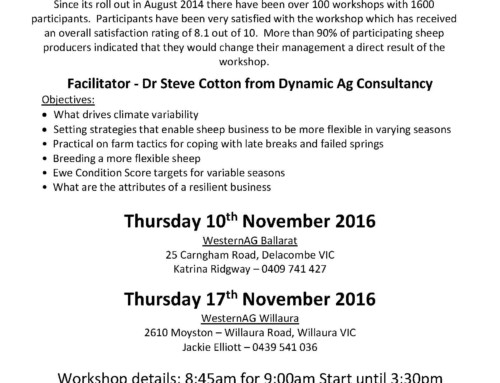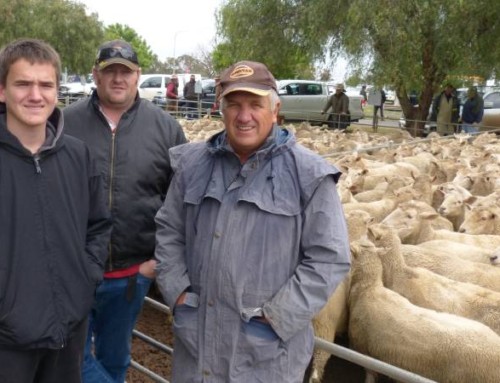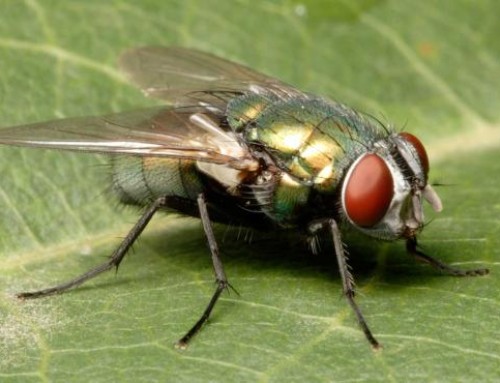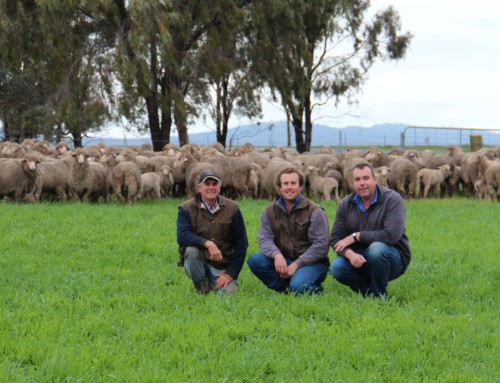The lack of dry carry over feed (or fibre) from summer means that lush short green pastures are devoid of fibre. Fibre is extremely important for normal rumen function in ruminants and assists with saliva production, aiding in rumen buffering and mineral absorption. With cereal hay prices reaching highs of $240-$250/t on farm, cereal straw is representing the best value on a cents/MJ ME basis. In fact, cereal straw has been testing as high as 8.5 ME – a result of moisture stressed crops that were cut for hay before starch development occurred. This resulted in high water soluble carbohydrate levels in the resulting straw which has improved palatability and dry matter intake in livestock. Straw is particularly useful for sheep that have been or are currently being fed in containment as it represents the cheapest source of fibre. Straw is also useful to treat grass tetany in cattle, and to transition livestock from full supplementary rations onto fresh green pastures.
It is important to remember that not all straws are the same. Straw made after grain harvest is usually of lower nutritive value that straw made from crops cut for hay. Additionally, straw from various crops such as oats, wheat and barley can be quite different in length, palatability and bulk. It is important to have your straw feed tested or buy from a reputable supplier who is selling the product on a feed test as this will greatly assist you when completing your feed budget. Straw that has been baled post rain or has been stacked outside a shed is usually of lower nutritive value as the rain will wash the sugars from the stalk. Click here for more information on the effect of rain on crops. Below is a list of some different straws I have tested showing the degree of variation between the production parameters. If you are unsure, or have any questions relating to sampling or need some advice on feeding to livestock, please give Dynamic Ag a call.









